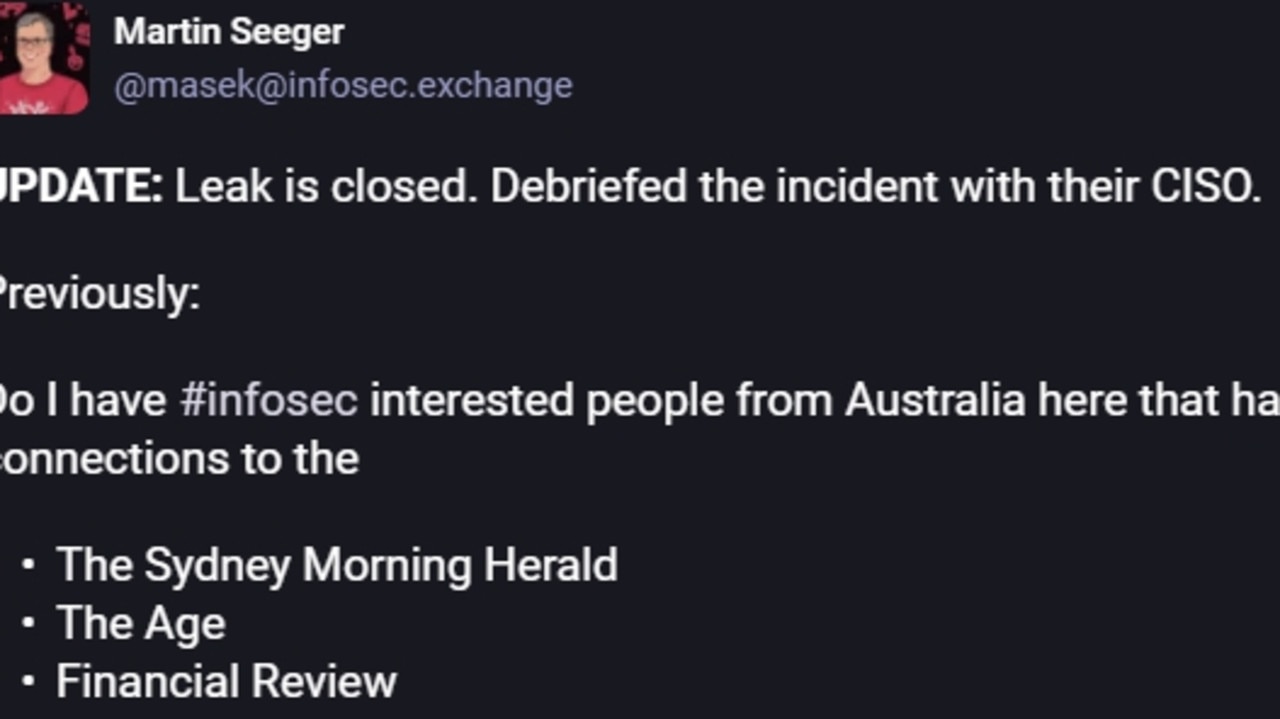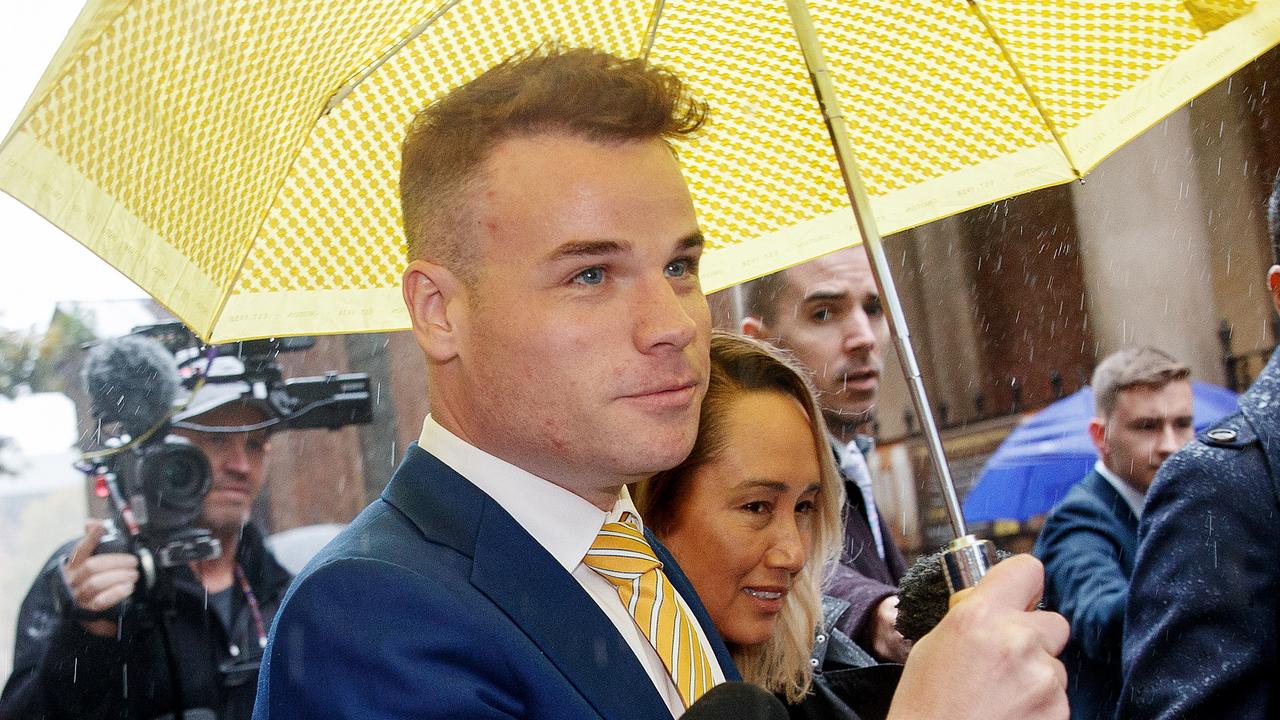The ‘secret weapon’ behind Star Wars
WHEN he made Star Wars, George Lucas had a “secret weapon” who has today been largely erased from the history books.
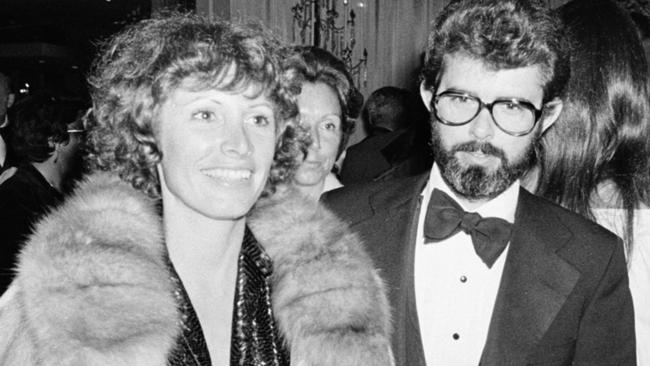
Media
Don't miss out on the headlines from Media. Followed categories will be added to My News.
GEORGE Lucas may have been the brains behind Star Wars, but it was his ex-wife Marcia Lucas who gave the film its heart.
Today, she has largely been erased from the history books.
Marcia, who won the 1977 Academy Award for Film Editing along with Richard Chew and Paul Hirsch for her work on Star Wars, was instrumental in shaping the film’s iconic moments that would propel it to the status of cultural phenomenon.
In his 2008 book,The Secret History of Star Wars, journalist Michael Kaminski dedicates an entire chapter to Marcia Lucas, nee Griffin, who was once described by biographer Dale Pollock as the director’s “secret weapon”.
Marcia, who had edited Martin Scorsese’s Alice Doesn’t Live Here Anymore and Taxi Driver, as well as Lucas’ earlier American Graffiti with Verna Fields, for which the pair earned an Academy Award nomination in 1974, first met Lucas in 1967.
Fields, one of the few female editors in a male-dominated industry, brought in Lucas, then a film school student, to work with Marcia on a government-funded documentary. Locked in a small editing room together, the pair were soon an item. They married in 1969.
“She was a knockout,” filmmaker John Milius recalled. “We all wondered how little George got this great looking girl. And smart too, obsessed with films. And she was a better editor than he was.”
Marcia, born in 1945 in Modesto, California, was coeditor on Return of the Jedi and also did uncredited work on The Empire Strikes Back. She was one of the few people who could rein in her husband and help guide his ideas.
“Marcia, along with many of George’s friends, critiqued which characters worked, which ones didn’t, which scenes were good, and Lucas composed the script in this way. Marcia was always critical of Star Wars, but she was one of the few people Lucas listened to carefully, knowing she had a skill for carving out strong characters,” Kaminski writes.
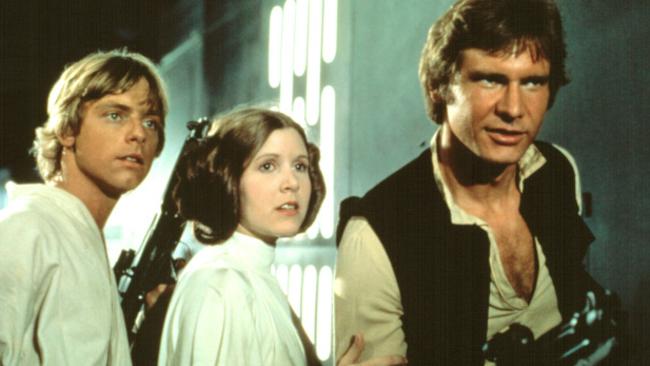
“Often, she was a voice of reason, giving him the bad news he secretly suspected — ‘I’m real hard,’ she says, ‘but I only tell him what he already knows.’ ... She kept her husband down to earth and reminded him of the need to have an emotional through-line in the film.”
Biographer Pollock wrote: “Marcia’s faith never wavered — she was at once George’s most severe critic and most ardent supporter. She wasn’t afraid to say she didn’t understand something in Star Wars or to point out the sections that bored her.”
It was her, for example, who decided Obi-Wan Kenobi should die on the Death Star. “I was struggling with the problem that I had this sort of climactic scene that had no climax about two-thirds of the way through the film,” Lucas told Rolling Stone in 1977.
“I had another problem in the fact that there was no real threat in the Death Star. The villains were like tenpins; you get into a gunfight with them and they just get knocked over. As I originally wrote it, Ben Kenobi and Vader had a sword fight and Ben hits a door and the door slams closed and they all run away and Vader is left standing there with egg oil his face.
“This was dumb; they run into the Death Star and they sort of take over everything and they run back. It totally diminished any impact the Death Star had.
“Anyway, I was rewriting, I was struggling with that plot problem when my wife suggested that I kill off Ben, which she thought was a pretty outrageous idea, and I said, ‘Well, that is an interesting idea, and I had been thinking about it.’
“Her first idea was to have Threepio get shot, and I said impossible because I wanted to start and end the film with the robots, I wanted the film to really be about the robots and have the theme be framework for the rest of the movie.
“But then the more I thought about Ben getting killed the more I liked the idea because, one, it made the threat of Vader greater and that tied in with The Force and the fact that he could use the dark side. Both Alec Guinness and I came up with the thing of having Ben go on afterwards as part of The Force.”
She also “reeled in Lucas’ own sense of ego”, as Kaminski puts it, and was behind not just the broader story strokes, but many of the smaller character moments that make Star Wars special.
“She was really the warmth and the heart of those films, a good person [George] could talk to, bounce ideas off of, who would tell him when he was wrong,” Mark Hamill said in a 2005 interview with Film Freak Central.
“I know for a fact that Marcia Lucas was responsible for convincing him to keep that little ‘kiss for luck’ before Carrie [Fisher] and I swing across the chasm in the first film: ‘Oh, I don’t like it, people laugh in the previews,’ and she said, ‘George, they’re laughing because it’s so sweet and unexpected’ — and her influence was such that if she wanted to keep it, it was in.
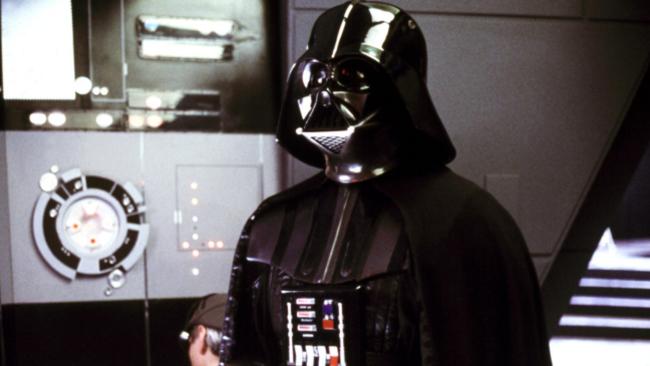
“When the little mouse robot comes up when Harrison and I are delivering Chewbacca to the prison and he roars at it and it screams, sort of, and runs away, George wanted to cut that and Marcia insisted that he keep it.”
Marcia was also responsible for arguably the most iconic sequence of the film: the trench run. According to Kaminski, the original run was scripted entirely differently, with Luke having two runs at the exhaust port.
“Marcia had reordered the shots almost from the ground up, trying to build tension lacking in the original scripted sequence, which was why this one was the most complicated (Deleted Magic has a faithful reproduction of the original assembly, which is surprisingly unsatisfying),” Kaminski writes.
“She warned George, ‘If the audience doesn’t cheer when Han Solo comes in at the last second in the Millennium Falcon to help Luke when he’s being chased by Darth Vader, the picture doesn’t work.’”
While some say her role has been overstated — a common ‘urban myth’ is that she single-handedly rescued the original film in the editing room, when in fact she worked as coeditor with Chew and Hirsch — there’s no denying the devastating effect the divorce had on Lucas.
In 2002, he told The Standard how he had only been in love twice, and “both times it was a rather painful experience”, saying he hadn’t remarried because he was worried about “women who are attracted to me for the wrong reasons”. (Lucas eventually did remarry in 2013.)
“You can see the huge difference in the films that he does now and the films that he did when he was married,” Hamill pointed out in the 2005 interview, in a not-so-subtle dig at the prequels.
After their acrimonious divorce in 1983 — the year Return of the Jedi was released — in which Marcia received a reported $70 million ($US50 million) settlement, she all but walked away from the industry to focus on raising the pair’s adopted daughter, Amanda Lucas. Her last filmmaking credit is as producer on the 1996 film No Easy Way.
In a rare interview for Peter Biskind’s 1997 book Easy Riders, Raging Bulls, she explained what led to the split.
“I felt that we had paid our dues, fought our battles, worked eight days a week, twenty-five hours a day,” she said.
“I wanted to stop and smell the flowers. I wanted joy in my life. And George just didn’t. He was very emotionally blocked, incapable of sharing feelings. He wanted to stay on that workaholic track. The empire builder, the dynamo. And I couldn’t see myself living that way for the rest of my life.
“I felt we were partners, partners in the ranch, partners in our home, and we did these films together. I wasn’t a fifty per cent partner, but I felt I had something to bring to the table. I was the more emotional person who came from the heart, and George was the more intellectual and visual, and I thought that provided a nice balance.
“But George would never acknowledge that to me. I think he resented my criticisms, felt that all I ever did was put him down. In his mind, I always stayed the stupid Valley girl. He never felt I had any talent, he never felt I was very smart and he never gave me much credit.
“When we were finishing Jedi, George told me he thought I was a pretty good editor. In the sixteen years of our being together I think that was the only time he complimented me.”
In The Secret History of Star Wars, Kaminski makes the case that she has been “practically erased from the history books at Lucasfilm” as a result of the divorce.
“[She] is mentioned only occasionally in passing, a background element, and not a single word of hers is quoted; she is a silent extra, absent from any photographs and only indirectly acknowledged, her contributions downplayed,” he writes.
“Marcia Lucas, the ‘other’ Lucas, has basically become the forgotten Lucas.”
Originally published as The ‘secret weapon’ behind Star Wars


